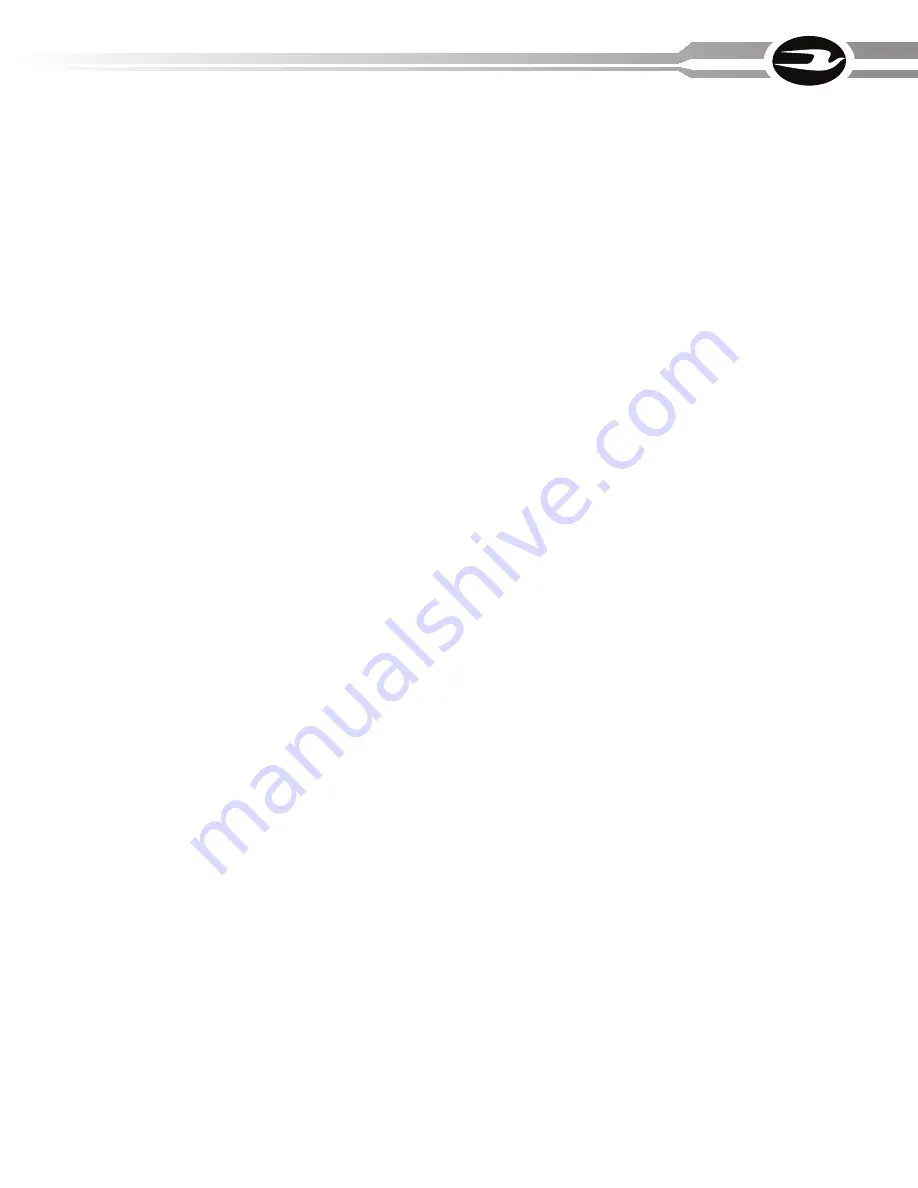
59
CARE & MAINTENANCE
Engine Cooling System
In today’s modern engine designs, accurate maintenance of the cooling system is
critically important to engine life. Simply maintaining coolant level and performing
occasional coolant changes does not adequately ensure that the cooling system is
healthy. The chemical balance of engine coolant must always be correct. This re-
quires dilligent adherance to the engine manufacturer’s coolant specifications, main-
tenance schedules, and procedures. Accurate coolant system maintenance records
should be kept.
The engine coolant level in the reservoir should be checked daily as a part of
routine pre-trip inspection. But whenever the coolant level is low, it must be replen-
ished with only pre-mixed coolant of the same type and brand installed. Never top
off coolant with plain water.
Careful pre-trip inspection and a program of routine maintenance checks of the
condition of the cooling system by service technicians should ensure against enroute
emergencies such as worn hoses or loose clamps resulting in coolant loss. In the case
of such an emergency, however, if anything other than original premixed coolant is
added in order to allow the bus to proceed to a service facility, the coolant system
must be completely drained, flushed, and properly refilled with approved coolant
before being returned to routine service. Any enroute event requiring topping off
of the coolant should be reported to service personnel responsible for maintenance
of the bus.
[WARNING]
Exercise extreme care when removing the cap from the engine
coolant reservoir. Always allow time for the engine to cool before removing
the cap. The pressurized coolant may be very hot and can spray out, causing
serious burn injuries.
Coolant Types
Engine coolant is generically divided between two types; “standard” and “long-life”
(or “extended-life”). Extended-life coolants generally allow longer intervals between
coolant changes (sometimes requiring additives to be added near the midpoint of
their service life, and/or for special testing to be performed at certain intervals). En-
gine manufacturers, however, differ somewhat in regards to specificaitions for cool-
ants which they recognize as “long-life” when used in their respective engines.
Blue Bird buses are delivered from the factory with one of two types of coolant.
The standard coolant is Fleetguard Fleetcool EX EG 50/50 premix, which is pink in
color. This coolant is considered standard life when installed in Cummins engines.
Blue Bird installs a decal on or near the deaeration tank filler which state the type
of coolant installed at the factory. The decal states the approved premixed coolant
and coolant manufacturer’s part number for one gallon quantities. The decal also
lists the manufacturer’s part number for the concentrate which is approved for mix-
ing with the premix for stronger glycol concentration. Another decal near the fill
neck indicates warnings for the service technician.
Содержание Sigma Y3FE 2015
Страница 1: ...COUNT ON BLUE BIRD 2015 D R I V E R S H A N D B O O K Y3FE BLUE BIRD SIGMA...
Страница 2: ......
Страница 3: ...10035741 Edition A Y3FE BLUE BIRD SIGMA C H A S S I S D R I V E R H A N D B O O K...
Страница 6: ...4 DRIVER HANDBOOK Y3FE...
Страница 25: ...23 ORIENTATION...
Страница 28: ...26 DRIVER HANDBOOK Y3FE...
Страница 36: ...34 DRIVER HANDBOOK Y3FE...
Страница 43: ...41 ROUTINE OPERATION...
Страница 69: ...67 CARE MAINTENANCE...
Страница 78: ...DRIVER HANDBOOK Y3FE Notes 76...
Страница 79: ...Notes 77...
Страница 80: ...DRIVER HANDBOOK Y3FE Notes 78...
Страница 81: ......
Страница 82: ...ForGENUINEBLUEBIRDreplacementsparts contactyour BlueBirdAuthorizedDealer COUNT ON BLUE BIRD 10035741...
















































